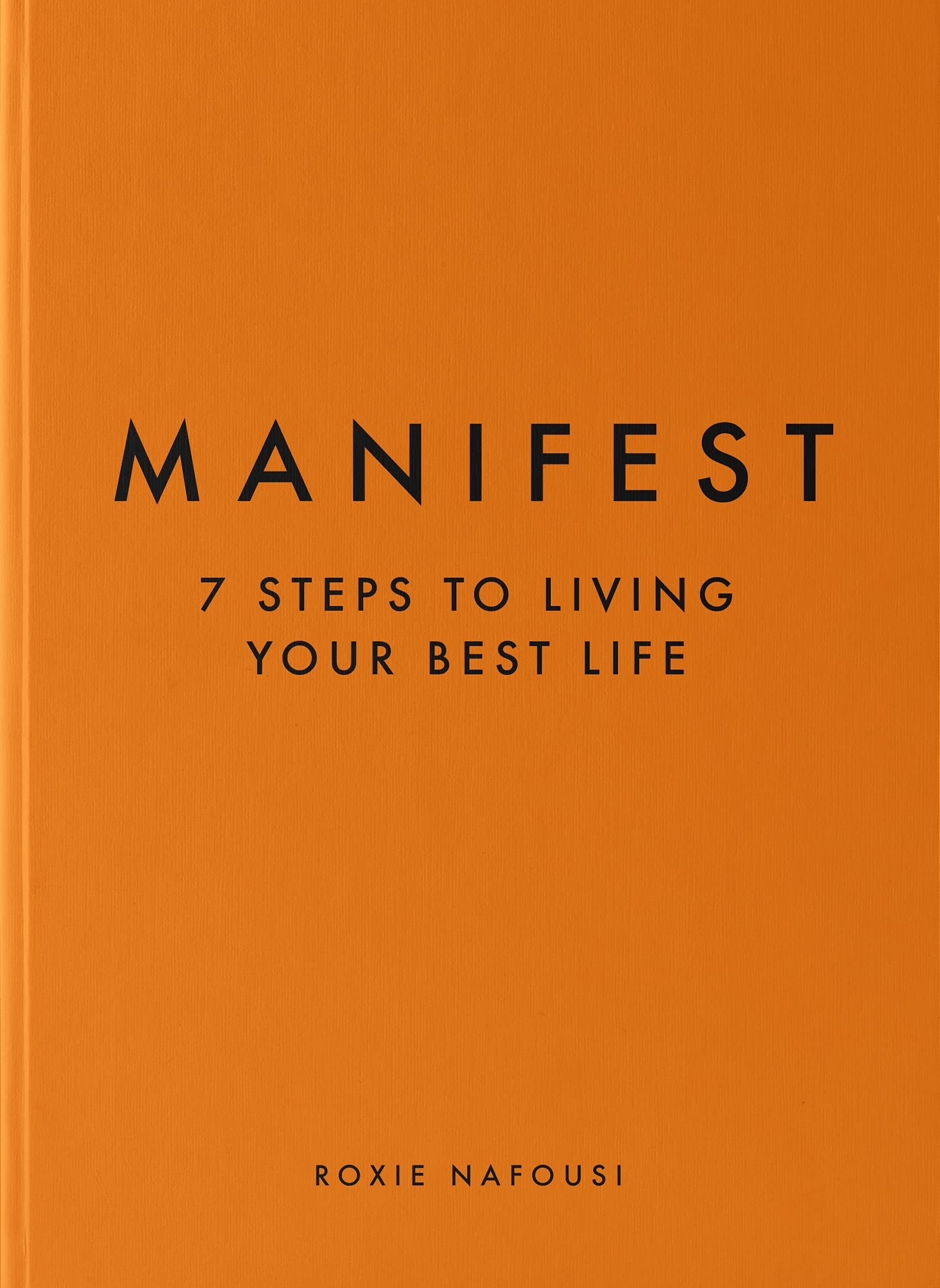
In Manifest: 7 Steps to Living Your Best Life, self-development coach Roxie Nafousi, often hailed as the “Queen of Manifesting,” lays out a simple yet ambitious guide to transforming one’s mindset and achieving success. The book, now a staple across influencer circles, promises to teach readers how to turn dreams into reality through seven essential steps: clarity of vision, releasing fear, aligning behavior, overcoming life’s tests, embracing gratitude, transforming envy, and trusting in the universe.
At its heart, Manifest is a motivational manifesto wrapped in sleek accessibility. Nafousi’s style is clean, warm, and conversational, making her principles easy to follow for readers new to self-help literature. Helen Derbyshire, one reviewer, describes the book as “pleasantly surprising,” noting that while she initially expected hype and fluff, she found genuine value in its lessons on self-love, gratitude, and personal growth. For those who are just beginning their self-development journey, Manifest offers a digestible, step-by-step framework for building self-awareness and confidence.
However, beyond its glossy optimism, the book faces several legitimate criticisms. Rory Fox, an author and reviewer, identifies the central problem: Manifest often blends sound psychological practices like mindfulness and gratitude with pseudoscientific claims about energy, vibration, and the “Law of Attraction.” While visualization and positive thinking can indeed improve mindset and motivation, Nafousi’s leap into the idea that emotions can reshape physical reality is unsupported by science. Fox’s analysis highlights how the book mistakenly applies quantum mechanics and “vibrational energy” as explanations for personal success concepts that sound profound but have no grounding in real physics or psychology.
The result, he argues, is a kind of modern prosperity gospel: a feel-good philosophy that places full responsibility for success or failure on the individual. If the universe rewards belief and positivity, then misfortune or trauma must somehow stem from a lack of faith. That moral framework can quickly slip into what Fox calls “moralizing elitism,” implying that victims of hardship simply failed to manifest better lives. This perspective, while perhaps unintended, undermines the empathy and inclusivity that self-help literature should promote.
Adding another layer, reader GG offers a sharply personal critique, questioning Nafousi’s authenticity. To GG, the author’s influencer background and social ambitions cast doubt on her motivations, suggesting that her success stems more from marketing and connections than from genuine manifestation. This view, while subjective, reflects a broader skepticism toward influencer-driven self-help books that mix personal branding with spiritual language.
Despite these critiques, Manifest continues to resonate with a wide audience for a reason. Nafousi’s message of self-belief and empowerment speaks directly to a generation seeking meaning, confidence, and control in an uncertain world. The simplicity of her seven-step structure makes complex emotional ideas approachable, even if the underlying science is debatable. As Helen points out, for beginners in self-development, the book provides an encouraging entry point into topics like mindfulness and gratitude, even if it lacks deeper substance for seasoned readers.
Ultimately, Manifest: 7 Steps to Living Your Best Life walks a fine line between inspiration and illusion. It shines as a motivational guide for readers eager to shift their mindset but falters when it claims spiritual or scientific legitimacy it cannot prove. Whether you see it as empowering or naive may depend on your own beliefs about how much the universe listens when you ask.


